In welding, achieving strong, defect-free joints is critical for safety and performance. One of the most common and troublesome defects welders encounter is porosity. These tiny cavities or holes may look minor, but they can significantly weaken a weld and compromise structural integrity. In this article, we’ll explain what porosity is, why it matters, the most common causes, how to detect it, and practical solutions to prevent it.
What Is Porosity in Welding and Why Is It a Problem?
Porosity in welding refers to the formation of gas pockets or voids trapped inside the solidified weld metal. These voids can appear as small pinholes on the surface or as hidden internal cavities.
Why porosity is a problem:
- Reduced Strength: Gas pockets create weak points that reduce the weld’s load-bearing capacity.
- Fatigue Cracking: Porous welds are more prone to cracking under stress or vibration.
- Poor Appearance: Visible porosity leads to unattractive welds, which may not meet quality standards.
- Code Non-Compliance: Many welding codes (AWS, ASME, ISO) set strict limits on allowable porosity. Exceeding these limits can cause weld rejection.
Common Causes of Porosity in Welds
- Contamination
- Oil, grease, rust, moisture, paint, or dirt on the base metal or filler material can generate gas during welding.
- Oil, grease, rust, moisture, paint, or dirt on the base metal or filler material can generate gas during welding.
- Improper Shielding Gas Coverage
- In processes like MIG or TIG welding, inadequate shielding gas flow, drafts, or leaks can allow oxygen, nitrogen, or hydrogen into the weld pool.
- In processes like MIG or TIG welding, inadequate shielding gas flow, drafts, or leaks can allow oxygen, nitrogen, or hydrogen into the weld pool.
- Moisture in Consumables
- Damp electrodes, flux, or filler wires can release hydrogen, creating porosity.
- Damp electrodes, flux, or filler wires can release hydrogen, creating porosity.
- Incorrect Welding Technique
- Holding the torch at the wrong angle, inconsistent travel speed, or incorrect arc length can disturb gas shielding.
- Holding the torch at the wrong angle, inconsistent travel speed, or incorrect arc length can disturb gas shielding.
- Improper Welding Parameters
- Too much or too little heat input, incorrect voltage, or unstable current can increase porosity risk.
- Too much or too little heat input, incorrect voltage, or unstable current can increase porosity risk.
How to Detect and Evaluate Weld Porosity?
- Visual Inspection (VT):
- Surface porosity can often be seen with the naked eye or magnification.
- Surface porosity can often be seen with the naked eye or magnification.
- Radiographic Testing (RT):
- X-rays or gamma rays reveal internal porosity not visible on the surface.
- X-rays or gamma rays reveal internal porosity not visible on the surface.
- Ultrasonic Testing (UT):
- High-frequency sound waves detect gas voids inside welds.
- High-frequency sound waves detect gas voids inside welds.
- Dye Penetrant Testing (PT):
- Useful for finding surface-breaking porosity.
- Useful for finding surface-breaking porosity.
- Standards for Evaluation:
- Acceptance levels depend on the welding code (AWS D1.1, ASME Section IX, ISO 5817). Welds are often graded by pore size, density, and distribution.
- Acceptance levels depend on the welding code (AWS D1.1, ASME Section IX, ISO 5817). Welds are often graded by pore size, density, and distribution.
Practical Solutions to Prevent Porosity During Welding
- Clean Materials Thoroughly
- Remove oil, rust, paint, and moisture before welding.
- Remove oil, rust, paint, and moisture before welding.
- Dry and Store Consumables Properly
- Keep electrodes and flux in dry storage or rod ovens.
- Keep electrodes and flux in dry storage or rod ovens.
- Ensure Adequate Shielding Gas Coverage
- Check for leaks, adjust flow rate, and shield the weld area from wind.
- Check for leaks, adjust flow rate, and shield the weld area from wind.
- Optimize Welding Parameters
- Use correct voltage, current, and travel speed for the process and material.
- Use correct voltage, current, and travel speed for the process and material.
- Improve Welding Technique
- Maintain proper arc length, torch angle, and consistent movement.
- Maintain proper arc length, torch angle, and consistent movement.
- Use Proper Joint Preparation
- Good fit-up reduces gaps that can trap gas.
- Good fit-up reduces gaps that can trap gas.
Conclusion
Porosity is one of the most common weld defects, but with proper preparation, technique, and process control, it’s also one of the most preventable. By understanding the causes—contamination, shielding issues, or poor technique—and applying practical solutions, welders can achieve stronger, more reliable joints that meet industry codes and standards.
In the end, preventing porosity is about discipline and attention to detail. With clean materials, controlled parameters, and skilled workmanship, welders can ensure every weld is solid, safe, and built to last.

